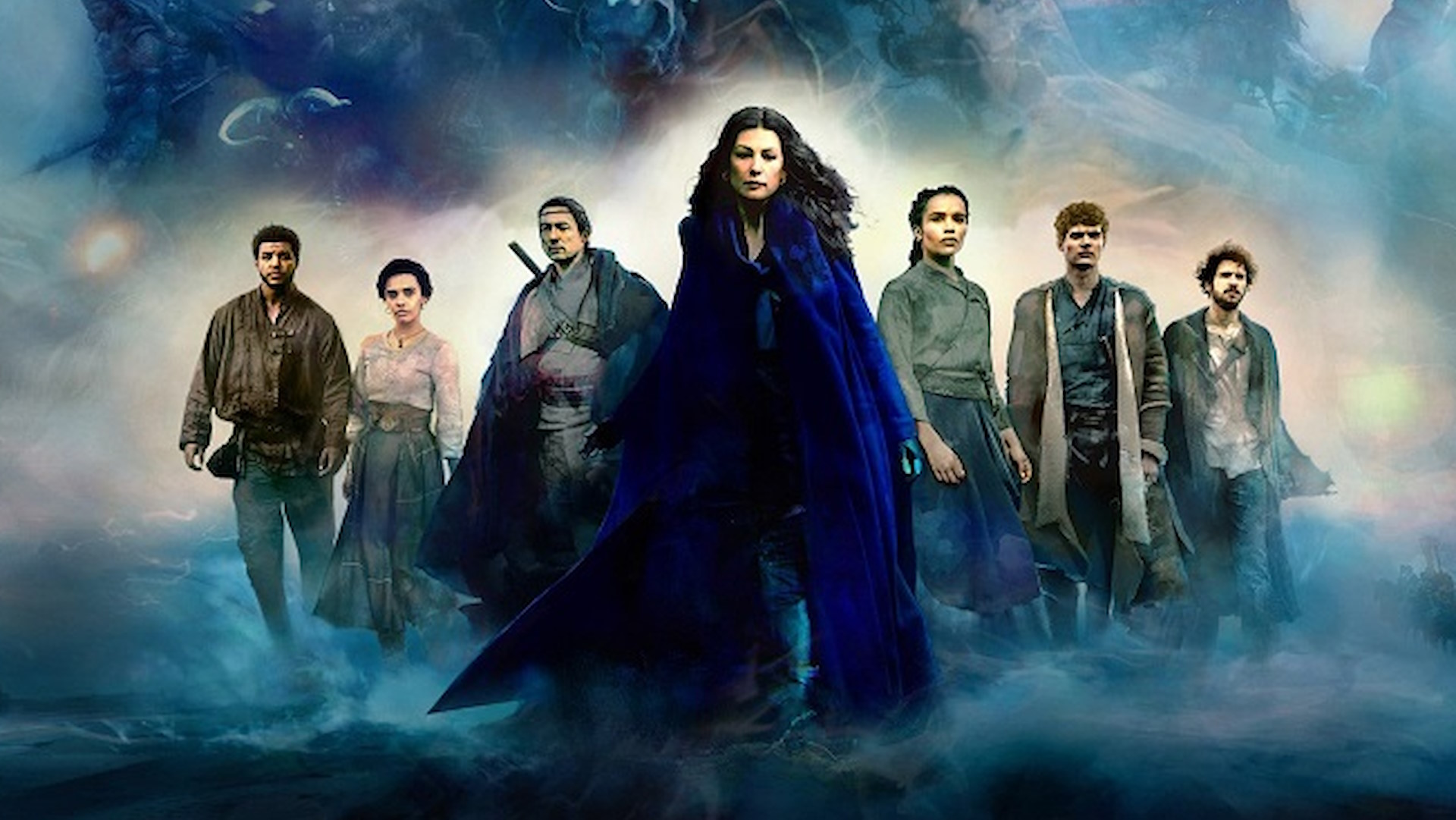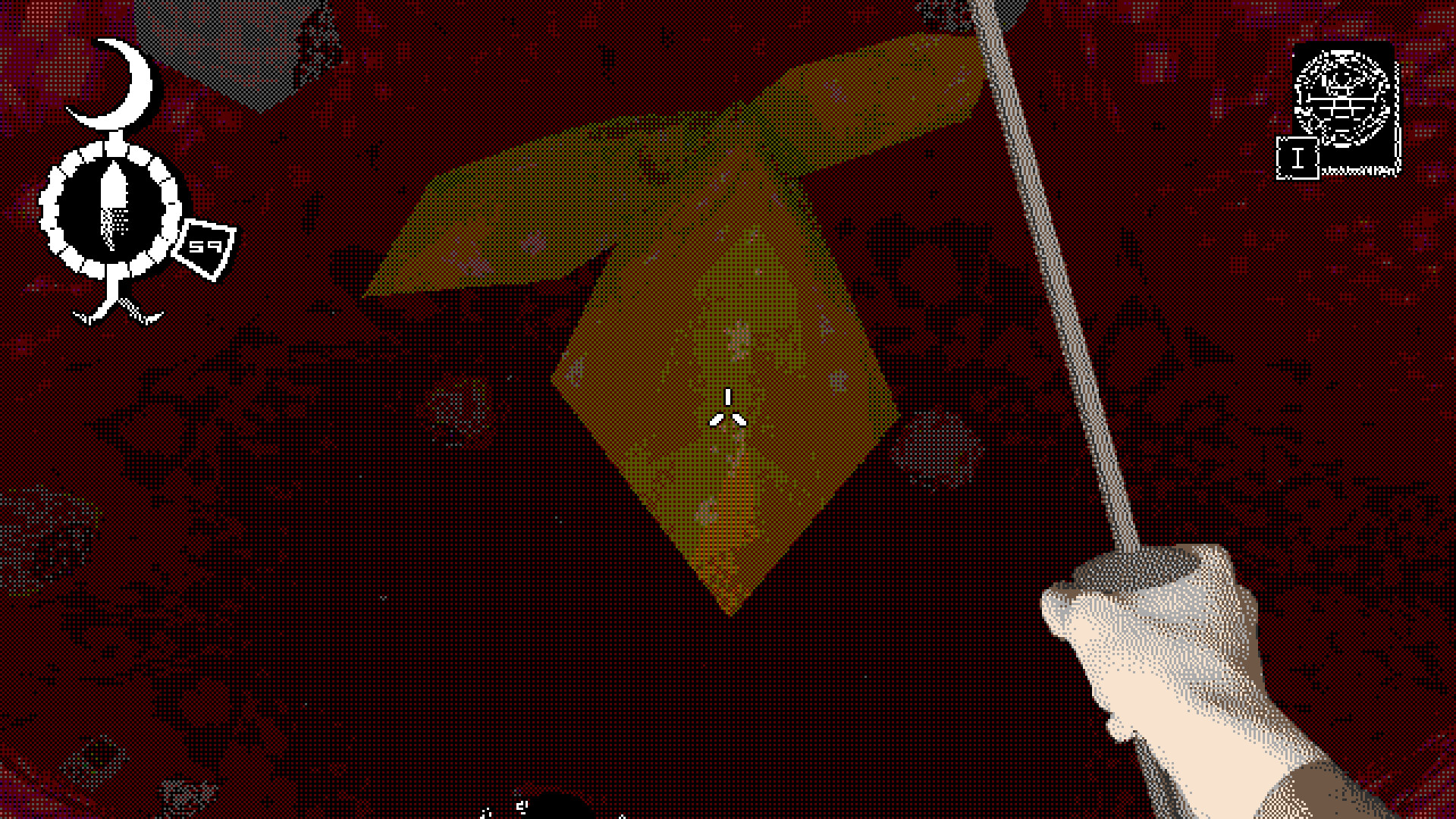
Diablo 4 is full of more demons than ever before, and its expansive regions can be both dangerous and confusing to explore. Whether you’re looking to tweak the difficulty, get help in combat, or understand its various mechanics, materials, and currencies, we’ve compiled the biggest things Diablo 4 doesn’t always tell you outright.
See the full Diablo 4 Interactive Map with locations of Dungeons, Collectibles, Strongholds and more!
1 – When Can I Get That Mount?
As soon as you finish the Prologue tutorial and arrive in the main city of Kyovashad, you can try to interact with the stables where Lorath got a horse, only to find you aren’t able to purchase one as well. Even if you’ve bought special editions of the game or purchased cosmetics from the in-game store, you still won’t be able to have a mount of your own just yet.
Instead, you’ll need to progress through the Main Story’s multiple Acts for quite a bit of time. Though you’re welcome to undertake Act 1, Act 2, and Act 3 in any order you like, all of them must be completed before you can start Act 4 — where completing the second main mission, A Master’s Touch, will finally unlock a Priority Quest to visit the stable for your very own horse.
Mounts in Diablo 4 will allow you to traverse large expansive regions at a much quicker pace, and can be customized with various cosmetics that can either be unlocked in game or bought as microtransactions. You can’t exactly attack while mounted, but you can perform a leaping special move to dive straight into combat!
2 – Unlock More Clothing Options
As you start obtaining more and more gear, you may find some outfits look better on you than others. Luckily there’s a way to customize your look, as long as you know what to do with your old gear.
Head to the Blacksmith in any town (not to be confused with the Armorer who sells gear nearby), and you should find that several pieces of gear in your inventory have a pickaxe symbol on them. By clicking on the larger pickaxe symbol in the Blacksmith’s menu, and then clicking on the gear you want to Salvage, you’ll not only get materials in exchange, but you’ll also unlock that gear’s look. If you head to the Wardrobe in the large tavern just above the main town square, you can change the look and color of your currently equipped gear to any piece you have salvaged – including both armor and weapons!
3 – Don’t Sell Your Rare Items – Salvage Them
While speaking to merchants, it can be tempting to just sell extra Rare gear you happen to find as you level up for some easy Gold, but don’t be so quick to sell them away. The Blacksmith that can salvage gear for new looks can also salvage Rare items for a good chance at earning Veiled Crystals.
Using this material, you can upgrade your currently equipped Rare gear into Legendary armor and weapons at the Occultist. This is done by imprinting Aspects – which are gear modifiers you can earn by completing dungeons all across the open world. Be sure to check the list of Aspects and find the Dungeon that holds one that benefits your class, and then use the Veiled Crystals gained from salvaging extra Rare gear to make your own Legendaries!
Once you start to reach higher levels, imbuing Aspects will cost more than just Veiled Crystals, and you’ll have to salvage spare Legendary Gear of each type to be able to make more Legendaries of your own.
4 – Spend Your Murmuring Obols
When exploring the different regions, you’ll usually come across several different types of World Events, which are quick challenges that any nearby player can take part in. Completing these will award you a chest with loot (and even better quality if you complete an optional objective), as well as a handful Murmuring Obols. Depending on where the event takes place (outdoors, in cellars or dungeons, or Legion Events that require lots of players), and if you complete the Mastery objectives, you can stand to earn a lot of Obols for each Event you complete.
This type of currency can only be spent at a Curiosities Vendor in town, and you can buy unidentified items that may turn out to be Rare – or even Legendary gear (or just common vendor trash)! You can also purchase Whispering Keys, which are needed to unlock strange locked Silent Chests that can be found randomly in the world, so it’s worth always having a few on you. Since you can only hold a maximum amount of 500 Obols (which can be upgraded slightly over time by increasing your Renown in a region or finding Altars of Lilith), it’s always worth spending them before you hit the cap, and stop earning more from other Events you complete!
5 – Emotes Are Important
Diablo 4 allows you to call out to other players by pulling up a radial menu with several sections to choose emotes that convey thanks, greetings, and more. However, these emotes have multiple functions in Diablo, as they are needed to solve a variety of puzzles and side quests.
If you happen across strange weathered statues with barely legible inscriptions that hint at certain actions, you can perform the indicated emote to earn temporary buffs to help you in your adventure. Similarly, certain Side Quests will often pose riddles that are actually tied to emotes – like the Secret of the Springs. When they say you need “patience”, what they actually mean is try using the “wait” emote!
6 – Tweak the World Tier Difficulty
Diablo 4 mentions world tiers only in passing early on, so it can be easy to forget that you can tweak the risks and rewards associated with difficulty if you want to. Each of the major cities in each region has a large statue near the town square that you can interact with to change the World Tier Difficulty.
By default, you should start at Tier 1, which is balanced to provide a decently challenging experience for newer players. However, if you want the chance at slightly better loot and experience, you can turn things up to Tier 2 to fight monsters that are about 20% more difficult. Once you beat the main story and all of its Acts, you can start working your way up to Tier 3 and beyond for even more difficult encounters, unlock exclusive dungeons and events, and get better chances to earn the rarest of gear.
It’s worth noting that while Tier 2 claims to offer more experience against harder monsters, those looking to level as fast as possible may want to stick with Tier 1, as the time it takes to defeat these tougher monsters doesn’t always equate to earning experience at a faster rate!
7 – Strongholds Hide Multiple Unlocks
Each of the main regions in Diablo 4 contains multiple Strongholds, which are difficult and challenging events that act like outdoor dungeons. They consist of multiple objectives and very tough boss fights, but the rewards are more than you may expect.
Once you’ve completed defeating all the enemies within a Stronghold and conclude the event, you’ll get a bunch of gear rewards, but you may also find that the site of the Stronghold will be converted into an active settlement as villagers return to build up the area into a liveable place. This means you’ll now have a new place to use as a base camp, including various merchants to sell at, a fast travel spot – plus the potential addition of new Side Quests to undertake, and sometimes you may even uncover Dungeons that aren’t accessible otherwise.
8 – Potions Offer More Than Stat Boosts
It can be easy to overlook that your inventory has multiple tabs – and one of them is for consumables like potions, which are often given to you as quest rewards, but can also be brewed by visiting an Alchemist in most towns, if you’ve found the right materials when exploring.
The effects of early potions aren’t all that amazing, but what is important to note is that pretty much every potion you can craft or get from rewards also increases the amount of experience you gain by a decent amount. Even better, this effect lasts for 30 minutes, making it great to use before you set off into a Dungeon or undertake a larger part of the main story quests. Try to keep a potion effect going as much as possible unless you’re planning on spending time in town browsing shops or choosing your next skill point placement.
9 – Get Out of Dungeons Faster
Once you complete lengthy Dungeons — either by exploring the world or delving into story-related ruins and caves, you may not want to waste time having to trek all the way back to the entrance. Luckily, there are two options to make the trip home a lot easier.
The first option is to simply open up your radial menu, which can be done on PC by holding E, or on consoles by holding Up on the D-Pad. Among the Emotes you can use is an option to simply “Leave Dungeon”, which will take you right back to the entrance located in the open world region. Use this option if you’ve still got places nearby to explore, need to meet someone outside, or still have plenty of inventory space left.
As an added bonus, you can customize each section of your radial menu to hold emotes, actions, potions, and more!
If you need to head back to a town to sell, you can instead press T to activate a Town Portal, and warp directly back to your last major town you’ve visited. The Town Portal will remain in town to take you back should you want to return, but if you leave town by other means, the portal will disappear.
10 – Rewards Can Carry Over
While there are lots of loot and other prizes to earn as you defeat demons and delve through dungeons, certain activities will reward you with perks that aren’t just limited to your current character. There are some actions you can take that will benefit both your current character, and any others you create on that server — regardless of if they’ve already been created or not.
The open world regions of Diablo contain dozens of statues called Altars of Lilith, and interacting with one will either raise your stats, or increase the max amount of Murmuring Obols you can carry, but will do so for all of your characters. Any Legendary Aspects you are awarded by completing dungeons will also be stored in your codex and can be accessed by any character, even if your current character class cannot make use of it. Finally, by undertaking tasks in each region of the game, you’ll earn Renown that raises up to several tiers, and will give awards to both the current character, and benefit others you create as well, like extra skill points or healing potion charges. Even if you create a level 1 character at a later date, they’ll immediately start with extra skill points to allocate and a boost to their health potions, making leveling up new characters even easier!
More Diablo 4 Guides
Completed the Main Story already? See guides for post-game features here:
Tree of Whispers Guide and TipsHelltide Events ExplainedHow Glyphs WorkParagon Points and Board Explained





